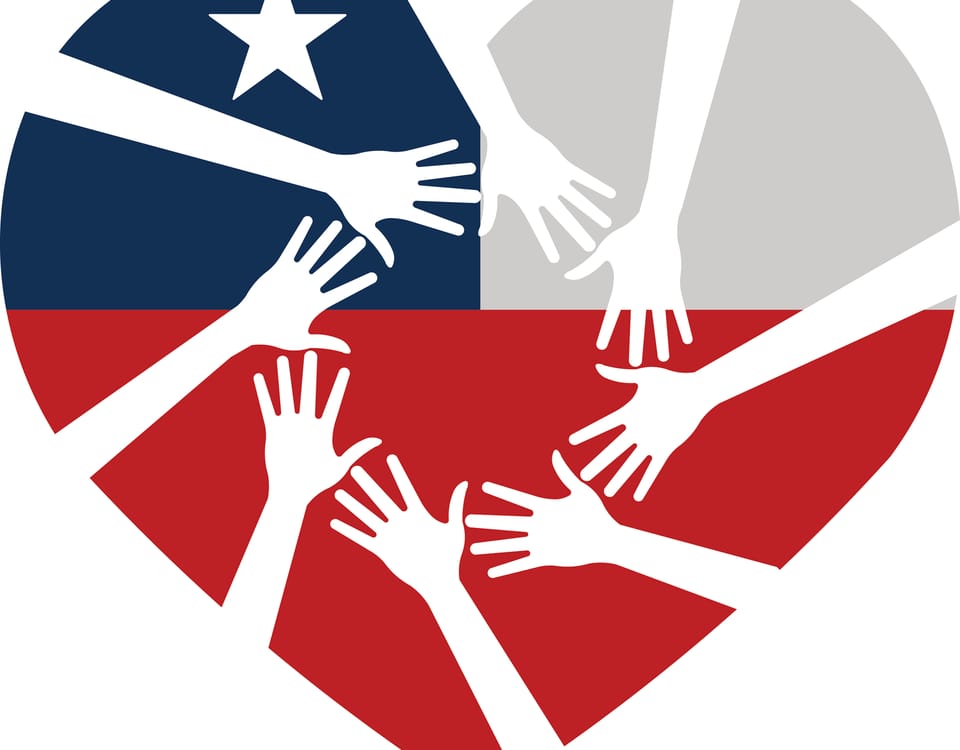
Evacuation becomes a necessity in various disaster scenarios, including hurricanes, wildfires, floods, and industrial accidents. People may need to evacuate to escape immediate danger, such as rising floodwaters, approaching wildfires, or the release of hazardous materials. The decision to evacuate is often made by local authorities based on the severity and trajectory of the impending disaster.
Accurate Evacuation Routes
To ensure a safe evacuation, it’s crucial to have access to accurate evacuation routes. Local emergency management agencies typically provide this information, and it can be found on official websites or through emergency notification systems. In addition, mobile apps and GPS navigation tools often incorporate real-time traffic and evacuation route information during emergencies, helping individuals make informed decisions.
Access to Breaking News
Staying informed during an evacuation is essential. Emergency alerts from local authorities, national weather services, and news outlets provide critical updates. Social media platforms and weather apps can also be valuable sources for real-time information. Reliable sources should be consulted regularly to receive the latest updates on the disaster’s progression and any changes to evacuation recommendations.
Items Not to Forget During Evacuation
When evacuating, it’s crucial not to forget essential items. Important documents such as identification, insurance papers, and medical records should be secured. Medications, a first aid kit, personal hygiene items, and clothing for several days should also be included. Important contact information, phone chargers, and cash are additional items that should not be overlooked.
Vehicle Tips for Evacuation
Ensuring the readiness of your vehicle is vital for a smooth evacuation. Check fuel levels and fill up your tank before leaving, as fuel shortages may occur along evacuation routes. Have your vehicle inspected for any maintenance issues to prevent breakdowns during the journey. Pack necessary items in your vehicle, including non-perishable food, water, blankets, and a flashlight. Plan your route in advance, considering alternate routes in case of road closures or heavy traffic.
Food Resources During Evacuation
Having a supply of non-perishable food is essential for sustenance during evacuation. Pack items like energy bars, canned goods, nuts, and dried fruits. Ensure an adequate supply of water, and consider including a water purification system in case clean water becomes scarce. Pay attention to expiration dates and rotate food items periodically to maintain freshness.
Community Evacuation Centers
Identify community evacuation centers along your planned route. These centers provide shelter, food, and medical assistance. Check in advance if the centers accommodate pets, and make arrangements for your furry companions if needed.
Caring for Animals During Evacuation
Ensuring the safety and well-being of animals during an evacuation is a critical responsibility. Never leave pets or livestock behind, as they may face severe risks during disasters. Create a pet emergency kit with essentials like food, water, medications, and comfort items. Have identification tags and recent photos of your pets, aiding in their quick identification if separated. Research pet-friendly evacuation centers and hotels along your route and verify their policies in advance. Several organizations and resources, such as the American Red Cross and local animal shelters, provide assistance during evacuations, offering temporary shelter, veterinary care, and reunification services. Collaborate with neighbors, friends, or family members to create a support network for animal care, ensuring that no pets are left unattended during evacuations. Remember that animals are family members, and their safety is integral to a comprehensive disaster preparedness plan.
Car Items
Try to have these items in your vehicle at all times, or have a kit, ready to grab with these essentials items:
- Jumper Cables
- Flashlight with Extra Batteries
- Phone Charger
- First Aid Kit
- Emergency Flares or Triangles
- Extra clothes, a blanket, gloves, hats, hand warmers – if you live in or visit cold weather climates
- Battery Powered Radio with Extra Batteries
- Kitty Litter or Sand
- Water
- A Small Shovel
In summary, evacuation is a critical action in disaster response, driven by the need to protect lives and mitigate the impact of impending disasters. Staying informed, preparing essential items, ensuring vehicle readiness, and considering food resources are key elements in executing a safe and effective evacuation plan.




